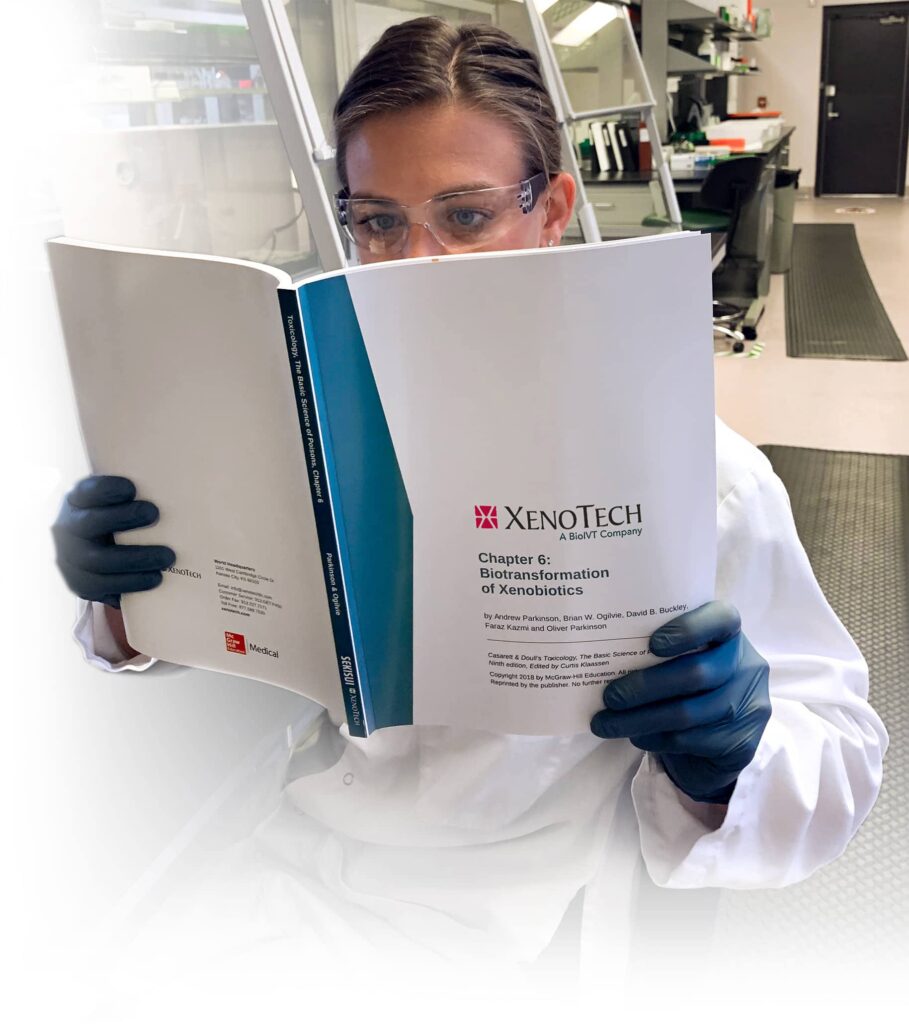
In situ evaluation of CYP1A2, CYP2B6 and CYP3A4/5 induction in cultured human hepatocytes with a cocktail of probe substrates: A comparison of percent positive control values
Full Title
In situ evaluation of CYP1A2, CYP2B6 and CYP3A4/5 induction in cultured human hepatocytes with a cocktail of probe substrates: A comparison of percent positive control values
Abstract
It has previously been demonstrated that a cocktail of probe substrates can be effectively used to screen simultaneously for induction of CYP1A2, CYP2B6 and CYP3A4/5 with in situ (cell-based) incubations based on the magnitude of induction relative to appropriate positive controls. Industry guidelines recommend that a compound be considered an inducer in vitro and therefore warrant further investigation in vivo if it elicits an increase in cytochrome P450 (CYP) enzyme activity that is equal to or greater than 40% of that caused by a suitable enzyme inducer (percent positive control).
The objective of this study was to determine the percent of positive control value of known CYP inducers (at varying concentrations) compared with the US FDA-preferred positive controls, omeprazole (100 μM, CYP1A2), phenobarbital (750 μM, CYP2B6) and rifampin (10 μM, CYP3A4/5) based on in situ incubations of primary cultures of human hepatocytes with three marker substrates (namely, 100 μM phenacetin, 500 μM bupropion, and 100 μM midazolam) either individually or as a cocktail. Freshly isolated human hepatocytes (n=3) were cultured in a sandwich configuration and treated for three days with vehicle control (dimethyl sulfoxide, DMSO; 0.1%, v/v), the aforementioned positive controls or one of the following enzyme inducers: β-naphthoflavone (1-100 μM), lansoprazole (1-100 μM), dexamethasone (1-100 μM), phenytoin (1-100 μM), carbamazepine (1-100 μM) , and efavirenz (0.25-25 μM). CYP induction was measured by LC/MS/MS based on phenacetin O-dealkylation (CYP1A2), bupropion hydroxylation (CYP2B6) or midazolam 1´-hydroxylation (CYP3A4/5). The results indicate that…